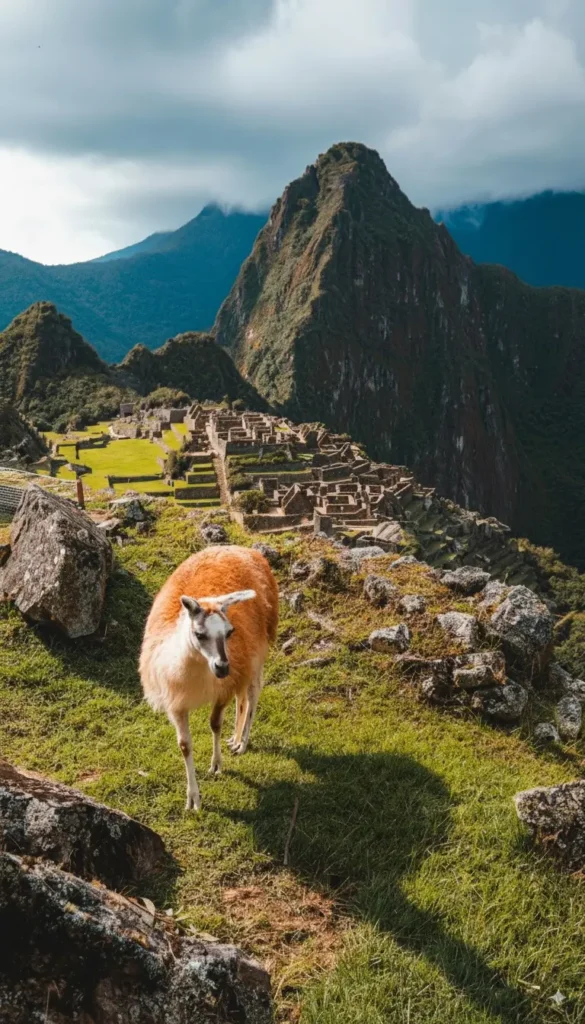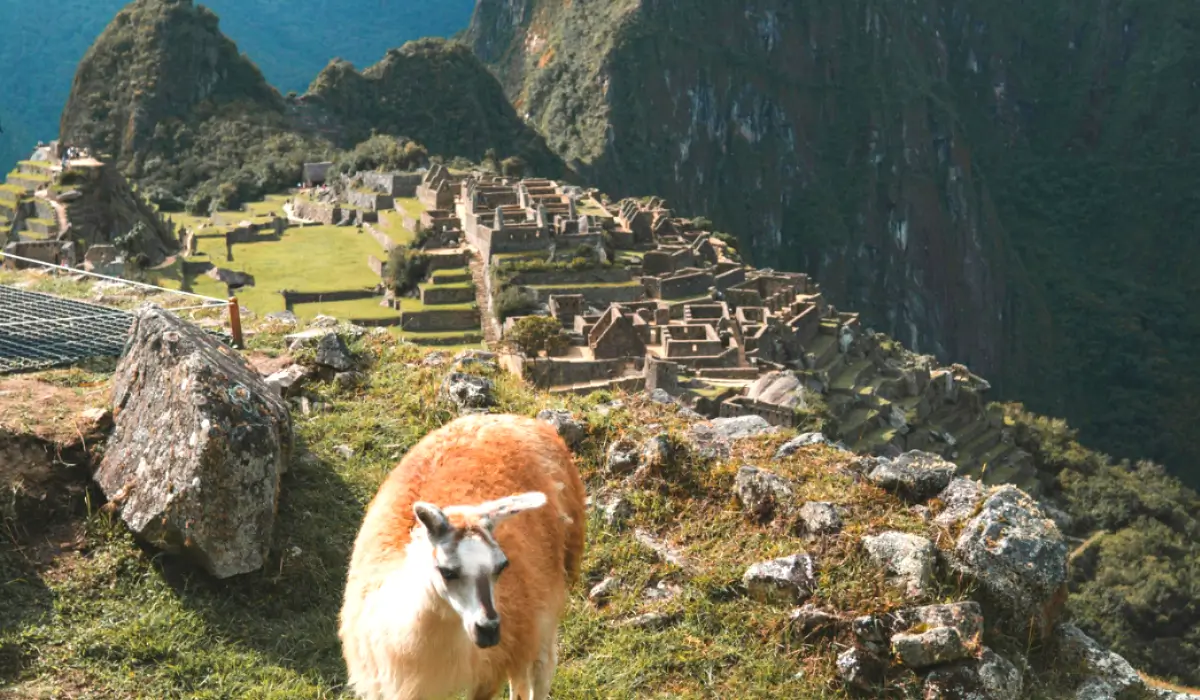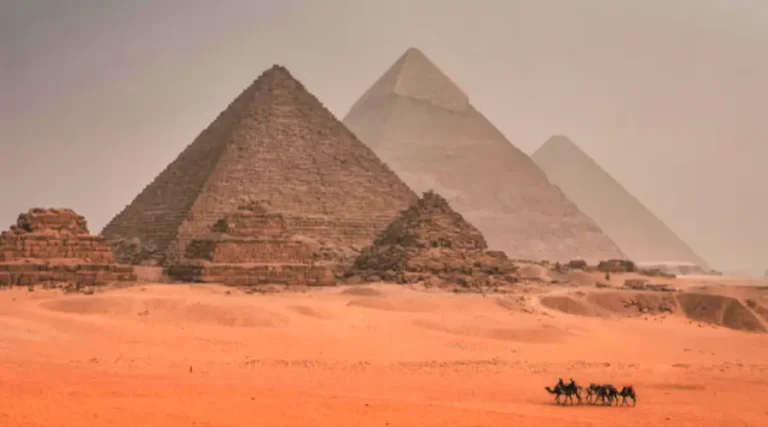Machu Picchu: 9 Ways Travel Meets Spiritual Awakening
High in the misty peaks of the Peruvian Andes, Machu Picchu stands as more than just a remarkable archaeological site—it’s a gateway to profound spiritual awakening. This UNESCO World Heritage Site and one of the New Seven Wonders of the World beckons travelers seeking both adventure and inner transformation. At Machu Picchu elevation of 2,430 meters above sea level, visitors find themselves literally and figuratively closer to the heavens, where ancient Incan wisdom meets modern spiritual seeking.

History and Mystery of Machu Picchu
The official narrative tells us that Machu Picchu was built in the 15th century as a royal estate for Inca emperor Pachacuti, remaining hidden from Spanish conquistadors until American historian Hiram Bingham brought it to global attention in 1911. However, the deeper truth reveals layers of mystery that continue to intrigue archaeologists, spiritual seekers, and curious travelers alike.
The precision of the stonework defies conventional understanding of 15th-century construction techniques. Massive granite blocks, some weighing over 50 tons, fit together with such exactitude that not even a knife blade can slip between them. No mortar was used, yet these structures have withstood centuries of earthquakes in one of the world’s most seismically active regions.
Perhaps most compelling are the cosmic alignments embedded throughout the citadel. The Intihuatana stone aligns perfectly with the sun during winter solstice, while various temples and structures correspond to celestial events. These alignments suggest Machu Picchu served as more than a royal retreat—it functioned as a sacred astronomical observatory and spiritual center where the physical and metaphysical worlds converged.
Planning Your Machu Picchu Tour
Choosing the right Machu Picchu tours can significantly impact both your travel experience and spiritual journey. Several options cater to different preferences and physical capabilities, each offering unique pathways to this sacred destination.
Guided Day Tours provide comprehensive historical context and practical navigation through the complex. Expert guides share both archaeological facts and local legends, helping visitors understand the site’s multifaceted significance. These tours work well for travelers with limited time who want maximum educational value.
Adventure Tours via the Inca Trail offer the most transformative approach. This ancient pilgrimage route allows travelers to follow in the footsteps of Incan priests and nobles, gradually ascending through diverse ecosystems while building anticipation for the final revelation. The four-day trek becomes a metaphor for spiritual ascension, with physical challenges paralleling inner growth.
Luxury Tours combine comfort with cultural immersion, featuring premium accommodations and gourmet Peruvian cuisine. While seemingly paradoxical to spiritual seeking, these tours can actually enhance the experience by removing logistical stress, allowing deeper focus on the site’s sacred aspects.
When selecting your tour, consider your physical fitness, available time, and spiritual intentions. The journey to Machu Picchu should align with your personal path of discovery.
Machu Picchu Elevation – Preparing Body and Spirit
The Machu Picchu elevation of 2,430 meters (7,970 feet) presents both practical challenges and symbolic significance that every visitor should understand and embrace.
Physical Preparation Altitude acclimatization becomes essential for fully enjoying your visit. Arrive in Cusco (3,400 meters) at least two days before visiting Machu Picchu, allowing your body to adjust gradually. Drink plenty of water, avoid alcohol, and consider coca tea—a traditional remedy the Incas used for altitude adaptation. Light exercise and deep breathing exercises can help optimize oxygen absorption.
Spiritual Symbolism The elevation carries profound metaphysical meaning in Andean cosmology. Rising above the cloud line symbolizes transcending earthly concerns to commune with higher consciousness. The Incas viewed mountains as sacred “Apus”—mountain spirits that served as intermediaries between the physical and divine realms. At this altitude, the thin air and expansive views naturally induce meditative states, making spiritual experiences more accessible.
The physical challenge of breathing at elevation mirrors the spiritual work required for inner transformation. Just as your body must adapt to thinner air, your consciousness must expand to embrace new perspectives and deeper truths.
Highlights Within Machu Picchu
Temple of the Sun
This semicircular structure demonstrates the Incas’ sophisticated understanding of solar astronomy and spiritual symbolism. During winter solstice, sunlight streams through the temple’s windows to illuminate the central altar, creating a divine connection between earthly worship and celestial mechanics. The temple’s positioning and construction reveal how the Incas integrated scientific observation with spiritual practice.
Intihuatana Stone
Known as the “Hitching Post of the Sun,” this precisely carved granite pillar serves as both astronomical instrument and meditation focal point. The stone’s angles correspond exactly to Machu Picchu’s latitude, creating a cosmic anchor point. Visitors often report feeling powerful energy when near the Intihuatana, experiencing enhanced clarity and spiritual connection.
Agricultural Terraces
These precisely engineered terraces demonstrate the Incan philosophy of living in harmony with nature rather than dominating it. The terraces follow the mountain’s natural contours, creating a seamless integration between human needs and environmental preservation. They remind modern visitors of sustainable living principles and our responsibility as earth’s stewards.
Sacred Mountains (Apus)
The peaks surrounding Machu Picchu—particularly Huayna Picchu and Machu Picchu mountain—served as spiritual guardians in Incan belief. These towering sentinels create a natural temple, with the citadel nestled in their protective embrace. Many visitors report feeling watched over and protected by these ancient mountain spirits.
Experiencing Machu Picchu – Tourism and Inner Journey
The Tourist Perspective Most visitors approach Machu Picchu as a bucket-list destination, focusing on photography, exploration, and hiking. They marvel at the engineering achievements, collect Instagram-worthy shots at iconic viewpoints, and check off another Wonder of the World. This approach provides valuable cultural education and creates lasting memories.
Popular activities include hiking to the Sun Gate for sunrise views, climbing Huayna Picchu for aerial perspectives, and exploring the various temples and residential areas. These experiences offer appreciation for Incan achievements and natural beauty.
The Spiritual Perspective Deeper engagement transforms sightseeing into soul-searching. Spiritual seekers approach Machu Picchu as a sacred pilgrimage site where ancient wisdom remains accessible to those who seek it with proper intention and respect.
Meditation at key energy points—particularly the Intihuatana stone and Temple of the Sun—can facilitate profound insights and healing. Many visitors report experiencing visions, emotional releases, or clarity about life direction during quiet contemplation at these sacred spaces.
The key lies in balancing tourist activities with spiritual practices. Photograph the sunrise, but also sit in silent appreciation. Hike the trails, but also pause for mindful breathing. Learn the history, but also listen to the site’s subtle energetic communications.
Best Time to Visit
Dry Season (May to September) Clear skies and minimal rainfall create ideal conditions for hiking and photography. The well-defined views showcase Machu Picchu’s dramatic setting against pristine mountain backdrops. This season attracts larger crowds but offers reliable weather for outdoor activities and ceremonial experiences.
Rainy Season (October to April) Frequent mist and clouds create an ethereal atmosphere that many find conducive to spiritual experiences. The reduced crowds allow for more intimate encounters with the site’s energy. Rain can interrupt outdoor activities but also provides purification symbolism and connects visitors to the natural cycles that govern all life.
Mystical Considerations Some spiritual practitioners prefer visiting during new moons for introspection or full moons for heightened psychic sensitivity. Dawn and dusk offer the most powerful energy for meditation and ceremony. Consider your personal spiritual calendar and intentions when timing your visit.
Responsible and Spiritual Tourism
Respecting Sacred Space Approach Machu Picchu with the reverence appropriate for a sacred site. The Incas considered this entire area “huaca”—a place where the veil between worlds grows thin. Modern visitors should honor this designation through respectful behavior, mindful presence, and gratitude for access to such powerful spaces.
Sustainable Practices Follow Leave No Trace principles, supporting local communities through responsible tourism choices. Purchase from indigenous artisans, stay in locally-owned accommodations, and minimize environmental impact. Your travel choices should contribute positively to the preservation of both cultural heritage and natural ecosystems.
Mindful Visitation Integrate spiritual practices throughout your visit. Begin each day with intention-setting, practice walking meditation on the ancient pathways, and end with gratitude ceremonies. These practices enhance personal experience while honoring the site’s sacred nature.
Consider participating in traditional ceremonies led by local spiritual guides who maintain authentic connections to Andean wisdom traditions. These experiences provide deeper cultural understanding and facilitate meaningful spiritual exchanges.
Practical Integration
Transform your Machu Picchu tours experience into lasting spiritual growth through intentional practice. Keep a travel journal documenting both external observations and internal insights. Notice how the Machu Picchu elevation affects not just your breathing but your perspective on life’s challenges.
Create rituals that help integrate the experience after returning home. Display photos mindfully as meditation focal points rather than mere decoration. Share your experiences in ways that inspire others to approach travel as spiritual practice.
Conclusion
Machu Picchu offers every visitor a choice: experience it as an impressive archaeological site and stunning natural wonder, or embrace it as a transformative spiritual destination where ancient wisdom meets modern seeking. The most rewarding approach combines both perspectives, allowing the site’s remarkable history and engineering to inspire awe while remaining open to its deeper spiritual teachings.
Whether you choose adventurous Machu Picchu tours via the Inca Trail or comfortable day visits, preparing for the Machu Picchu elevation and approaching the site with reverence and intention can transform a vacation into a pilgrimage. In this sacred space where condors soar and ancient stones hold centuries of prayers, travelers often discover that the most important journey is the one that leads within.
Your visit to Machu Picchu becomes truly transformative when you allow yourself to be changed by the experience—when you return not just with photos and memories, but with expanded consciousness and renewed connection to the sacred dimensions of existence that await discovery in both ancient ruins and everyday life.


